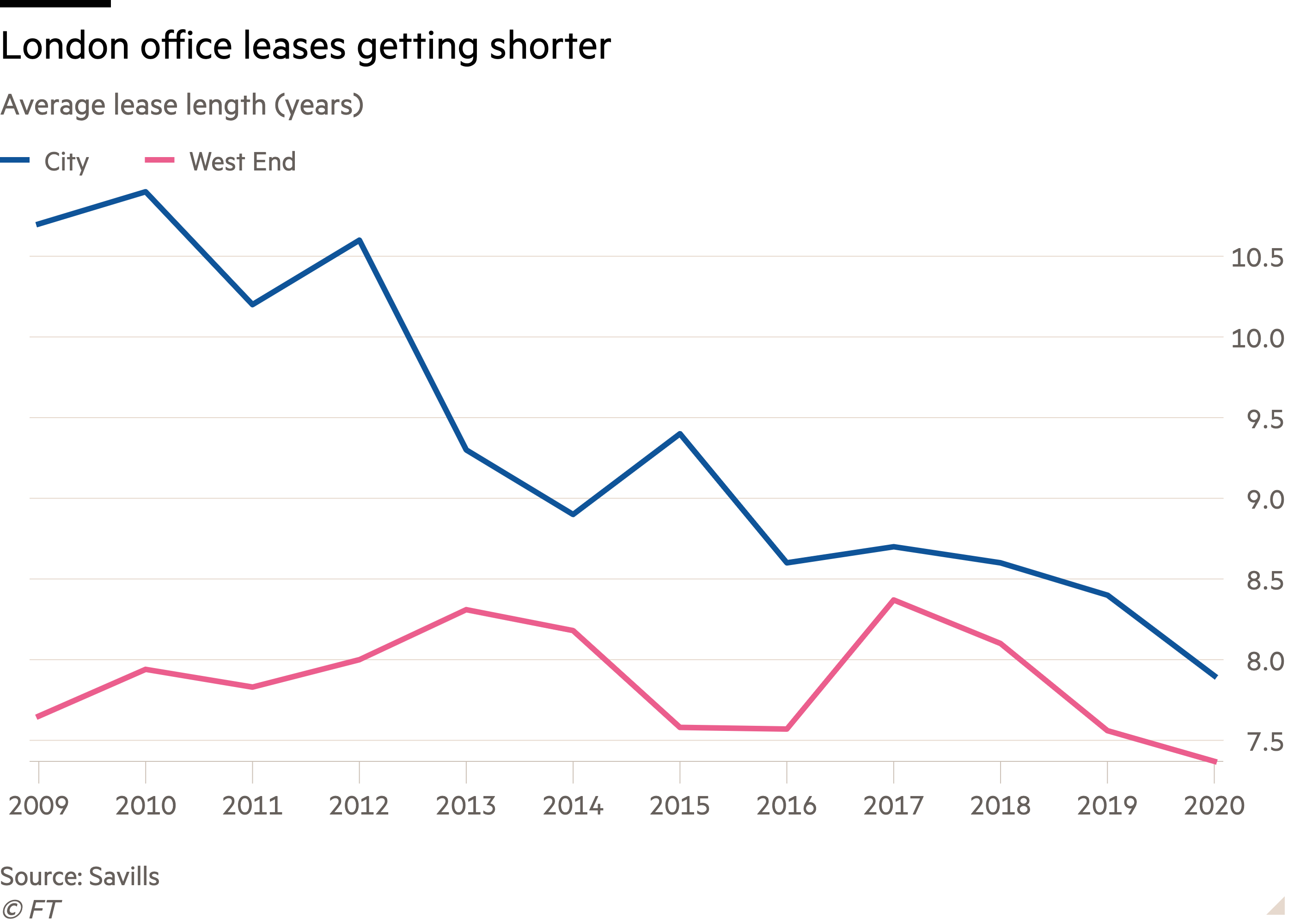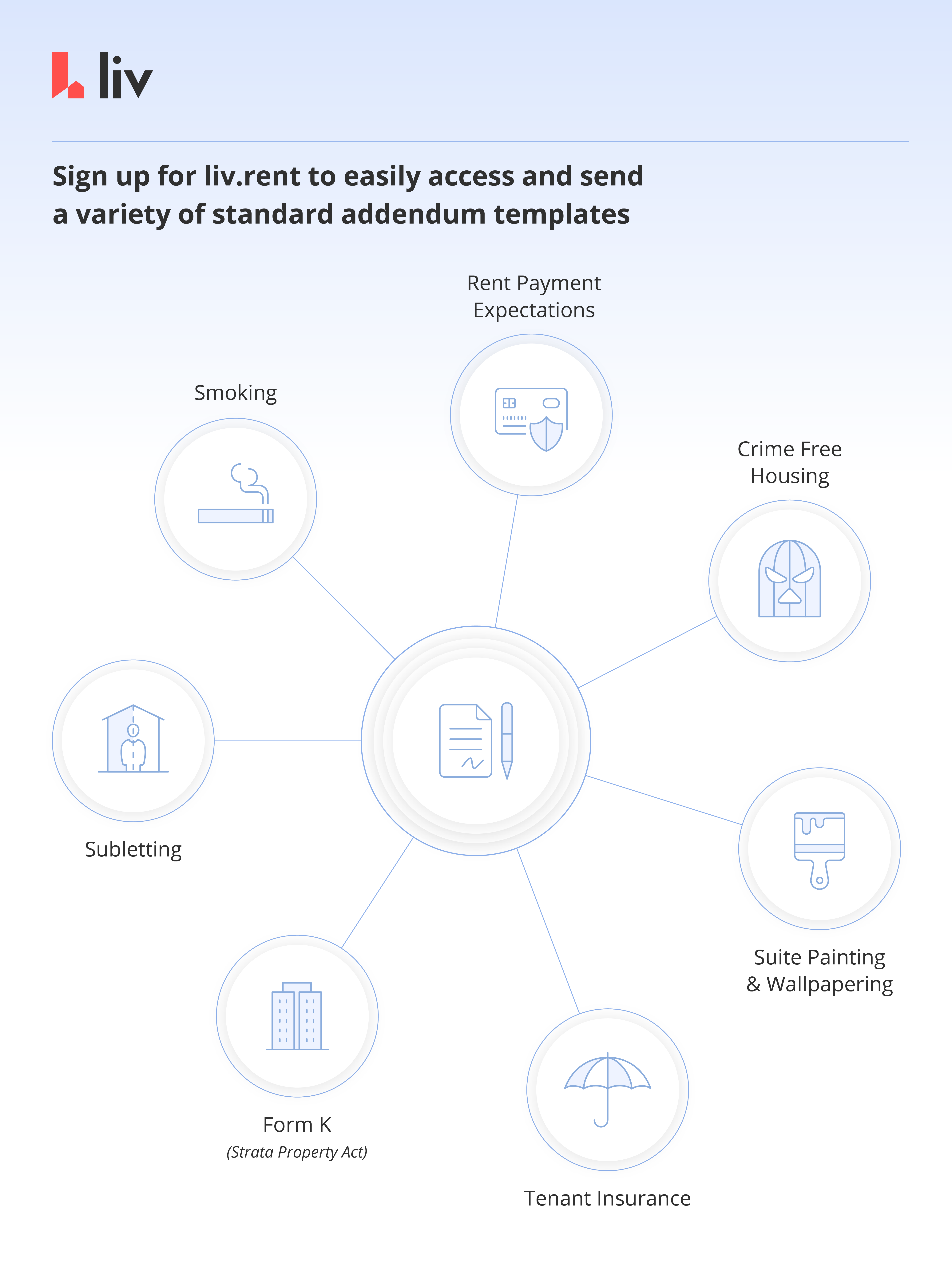rent adjustments
Adaptable Leases: Finding Flexibility in Rental Agreements

Adaptable Leases: Finding Flexibility in Rental Agreements
Lease flexibility has become a crucial factor in the ever-evolving landscape of the rental market. As tenants’ needs and circumstances change, having adaptable lease agreements can make a significant difference in fostering positive landlord-tenant relationships.
Understanding the Shift Towards Flexibility
The traditional approach to lease agreements often involved fixed terms and limited room for adjustments. However, the dynamics of the rental market have shifted, prompting a growing demand for lease flexibility. This change reflects a recognition that tenants’ lifestyles and priorities may change during the course of their rental period.
Shorter Lease Terms and Their Appeal
One aspect of lease flexibility involves offering shorter lease terms. Many tenants, particularly those influenced by uncertain job markets or changing personal circumstances, find shorter leases more appealing. This flexibility allows them to have greater control over their living situation without being tied to a long-term commitment.
Provisions for Early Lease Termination
In addition to shorter lease terms, provisions for early lease termination have gained popularity. These clauses provide tenants with an option to end their lease before the agreed-upon term, usually under specific conditions. Landlords, in turn, may benefit from quicker turnovers and the opportunity to adjust rental terms based on market conditions.
Negotiating Rent Adjustments
Flexibility in lease agreements extends beyond the duration of the lease. It also involves the potential for negotiating rent adjustments. In times of economic uncertainty, tenants may face financial challenges, making it beneficial for both parties to explore temporary rent reductions or payment plans. Open communication is key in navigating these discussions.
Balancing Stability and Flexibility
While lease flexibility is important, it’s equally crucial to strike a balance that ensures stability for both landlords and tenants. Striking this balance may involve clear communication about expectations, potential adjustments, and how changes will be handled. A transparent approach contributes to a harmonious landlord-tenant relationship.
Online Platforms Facilitating Flexible Leasing
The digital age has brought forth online platforms that facilitate flexible leasing. These platforms often connect landlords with tenants seeking short-term leases or those open to negotiating terms. Utilizing these online resources can streamline the process of finding and securing a rental with the desired flexibility.
Importance of Legal Clarity
Amidst the push for more flexible lease agreements, legal clarity is paramount. Both landlords and tenants should ensure that any adjustments or provisions in the lease are clearly defined and comply with local rental laws. Seeking legal advice or involving professionals can contribute to a well-crafted, legally sound agreement.
Communicating Lease Flexibility on Online Listings
For landlords looking to attract tenants seeking flexibility, clearly communicating this aspect on online listings is essential. Highlighting features such as short-term lease options, early termination clauses, or willingness to negotiate rent adjustments can make a property stand out in a competitive market.
Consulting Professionals for Tailored Solutions
Individual circumstances vary, and what works for one landlord-tenant pair may not be suitable for another. In cases where unique or complex situations arise, consulting with real estate professionals or
Enhancing Leases: The Power of Effective Addendums

Enhancing Leases: The Power of Effective Addendums
Lease agreements are foundational documents that govern the tenant-landlord relationship. While standard lease terms cover essential aspects, lease addendums play a crucial role in tailoring agreements to specific needs, addressing contingencies, and providing additional clarity.
Defining Lease Addendums
Lease addendums are supplemental documents that modify or add to the terms of an existing lease agreement. They serve as legal and binding components that both parties—tenants and landlords—agree upon to address specific situations or requirements not covered comprehensively in the original lease.
Customizing Lease Terms for Specific Needs
One primary advantage of lease addendums is their ability to customize lease terms for specific needs. Whether it’s a unique provision related to property use, pet policies, or other specific arrangements, addendums allow landlords and tenants to tailor the lease to their particular requirements.
Addressing Pet Policies and Accommodations
Pet policies are common subjects addressed through lease addendums. Landlords may use addendums to specify rules regarding pet types, sizes, and any associated fees. Likewise, tenants with service animals may include addendums to ensure proper accommodations are documented within the lease agreement.
Catering to Property Modifications
Lease addendums are valuable when tenants seek approval for property modifications beyond routine maintenance. Whether it’s installing additional fixtures or making structural changes, a well-crafted addendum ensures both parties are on the same page regarding alterations and responsibilities.
Handling Rent Adjustments and Renewals
Rent adjustments and lease renewals often involve detailed terms and conditions. Instead of creating an entirely new lease, addendums can efficiently address changes in rental amounts, renewal terms, and any associated modifications while keeping the core lease intact.
Addressing Lease Termination Conditions
Lease termination conditions may vary based on unforeseen circumstances or specific arrangements between landlords and tenants. Addendums are instrumental in outlining the terms and procedures for early termination, providing clarity and mitigating potential disputes.
Ensuring Legal Compliance and Clarity
Lease addendums contribute to legal compliance by clearly articulating any additional terms in a way that aligns with existing lease agreements. This clarity minimizes the risk of misunderstandings and provides a solid legal foundation for both parties.
Navigating Shared Spaces and Responsibilities
In situations where common areas or shared spaces are part of the leased property, addendums can outline responsibilities and expectations. This is particularly relevant in multi-unit buildings or shared living arrangements where clear guidelines contribute to harmonious cohabitation.
Transparent Communication and Agreement
Transparent communication is vital in lease agreements. Addendums foster a transparent process where both parties have the opportunity to discuss and agree upon additional terms. This collaborative approach strengthens the tenant-landlord relationship and minimizes misunderstandings.
Documenting Changes for Future Reference
Lease addendums serve as documented evidence of any changes or additional agreements made during the lease term. This documentation is valuable for both parties, offering a reference point in case of disputes and ensuring a comprehensive record of the evolving lease terms.
Exploring Additional Resources for Lease Addendums
For a deeper understanding of lease addendums and how they can enhance lease agreements, consider
